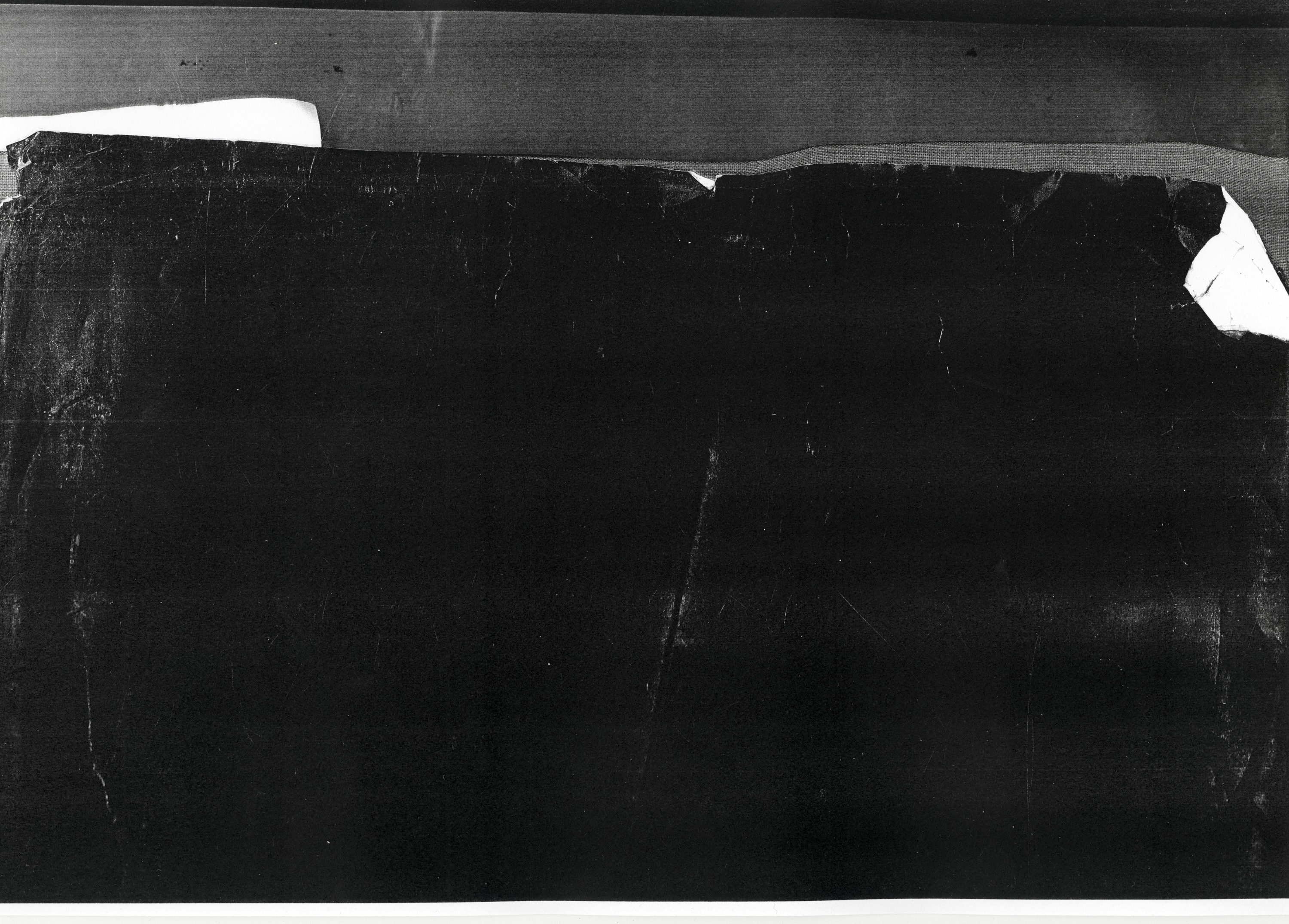

Greek mathematicians Aristotle and Euclid independently described a camera obscura in the 5th and 4th centuries BCE. The discovery of the camera obscura ("dark chamber" in Latin) that provides an image of a scene dates back to ancient China. Photography is the result of combining several technical discoveries, relating to seeing an image and capturing the image. The inventors Nicéphore Niépce, Talbot, and Louis Daguerre seem not to have known or used the word "photography", but referred to their processes as "Heliography" (Niépce), "Photogenic Drawing"/"Talbotype"/"Calotype" (Talbot), and "Daguerreotype" (Daguerre). The astronomer John Herschel is also credited with coining the word, independent of Talbot, in 1839. It was signed "J.M.", believed to have been Berlin astronomer Johann von Maedler. The article is the earliest known occurrence of the word in public print. The German newspaper Vossische Zeitung code: deu promoted to code: de of 25 February 1839 contained an article entitled Photographie code: deu promoted to code: de, discussing several priority claims – especially Henry Fox Talbot's – regarding Daguerre's claim of invention. The first use of the word by Florence became widely known after the research of Boris Kossoy in 1980. This claim is widely reported but is not yet largely recognized internationally. Hércules Florence, a French painter and inventor living in Campinas, Brazil, used the French form of the word, photographie code: fra promoted to code: fr, in private notes which a Brazilian historian believes were written in 1834.

Several people may have coined the same new term from these roots independently. The word "photography" was created from the Greek roots φωτός ( phōtós), genitive of φῶς ( phōs), "light" and γραφή ( graphé) "representation by means of lines" or "drawing", together meaning "drawing with light". A negative image on film is traditionally used to photographically create a positive image on a paper base, known as a print, either by using an enlarger or by contact printing. The result with photographic emulsion is an invisible latent image, which is later chemically "developed" into a visible image, either negative or positive, depending on the purpose of the photographic material and the method of processing. With an electronic image sensor, this produces an electrical charge at each pixel, which is electronically processed and stored in a digital image file for subsequent display or processing. Typically, a lens is used to focus the light reflected or emitted from objects into a real image on the light-sensitive surface inside a camera during a timed exposure. It is employed in many fields of science, manufacturing (e.g., photolithography), and business, as well as its more direct uses for art, film and video production, recreational purposes, hobby, and mass communication. Photography is the art, application, and practice of creating durable images by recording light, either electronically by means of an image sensor, or chemically by means of a light-sensitive material such as photographic film. If you are curious about these additions, have a look at the new preview images.Photographers at the Chicago Old Town Art Fair in 1968
#TEXTURE PHOTOCOPY DOWNLOAD#
Includes transparent PNGs (ideal to quickly add in a design, and to color them using a color overlay), and bitmap TIFFs (perfect to use in Illustrator for great, detailed texture effects without hogging down your system resources).** Simply download the set again if you've already purchased it. Using them is very simple: just switch your layer's blending mode to "Screen," and play with the opacity slider.

Noise and dust textures are perfect to add a subtle depth to your designs. The last texture of the set was the last print the drum and toner agreed to generate before giving up.Įach images are around 4750圆300 pixels 600 ppi. They each have subtle variations in the dust and noise patterns, making them unique. These six textures have been lovingly crafted with an old laser copier with an increasingly faulty drum and toner combo, and a flat-bed scanner.Įach textures are scans of individual prints of a black document.


 0 kommentar(er)
0 kommentar(er)
